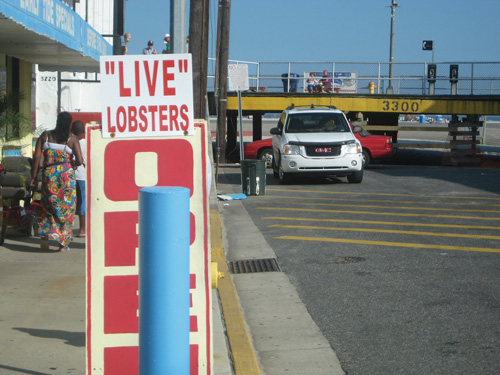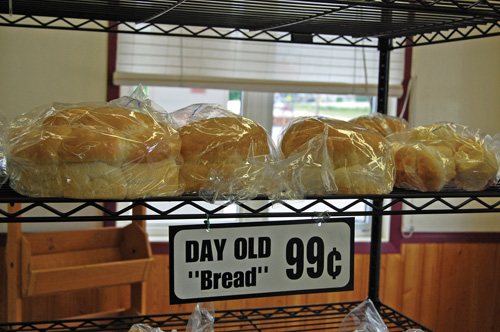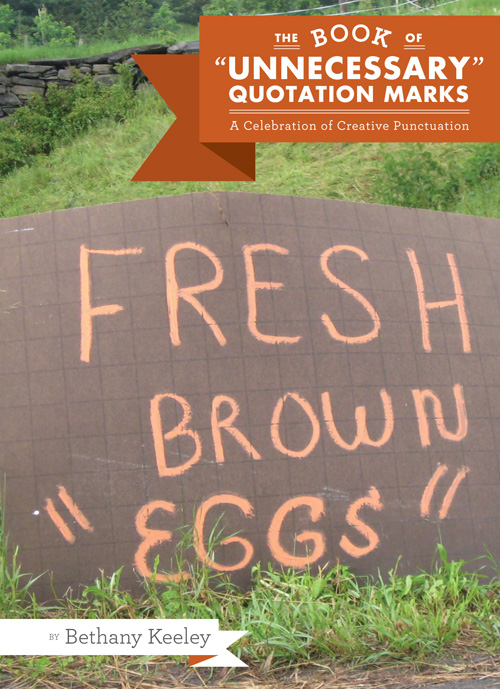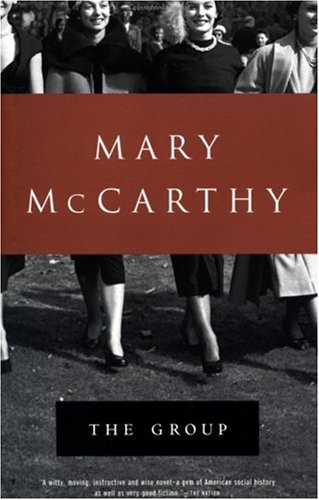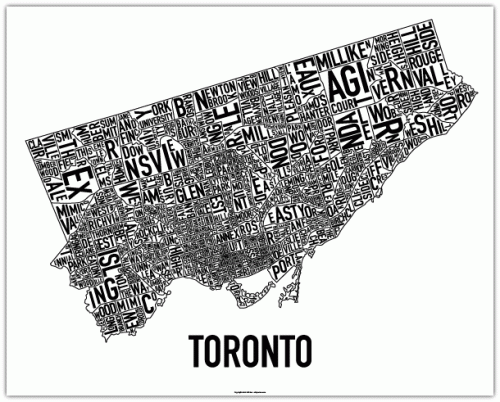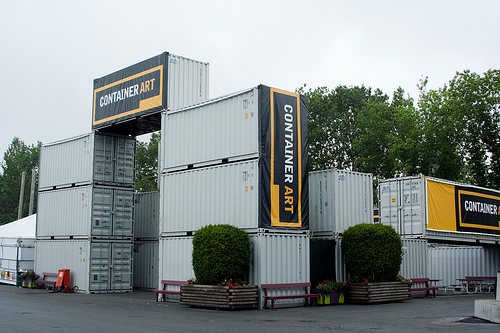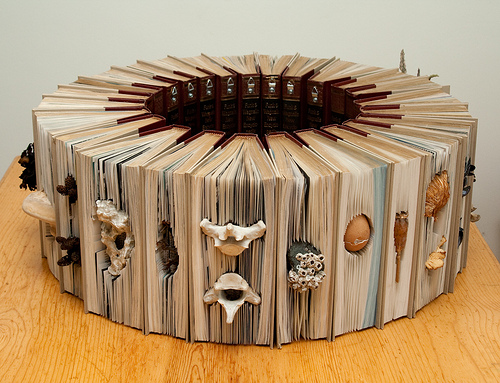Good article in the Globe and Mail this weekend about the film business, the long tail and how digital changes everything.
Have a read and remember Chris Anderson’s Theory of the Long Tail:
The democratization of the tools for production, democratization of distribution, and the ability to connect supply with demand has a huge impact on the cost of reaching customers, the choice in the market, changes to consumption patterns and a move from a small number of hits to a large number of niche products.
We see here the long tail of theatre revenue: ticket prices, popcorn.
We see the “experience” change as this media business discovered what they could upsell to make up for falling revenue: 3D, specialty food, games, dvds.
The cost of distribution (digital vs. film reels) should have decreased the ticket price. Instead it has increased and we’re blind to that because we’re paying for the upsells, or the experience.
Books, magazines and newspapers need to figure out the upsell.
Read the full article in the Globe and Mail.
In “The economics of the movie business” reporter Susan Krashinsky looks at what’s driven the film industry lately, and what will propel it in the future.
What fuels the industry? Studios + theatres
- 2 major components of the industry: the studios that make the films and the theatres that show them.
- Theatres are ok because they’ve created new experiences that audiences are willing to pay for.
- Studios, like publishers, are in trouble. The challenge is falling DVD sales
What’s driving the industry: Concessions and popcorn profit
“Cineplex gets roughly 59 per cent of its revenue from the box office and 30 per cent from concessions, but the real profit is in popcorn. Theatres’ profit margins on a movie ticket are roughly 48 per cent of sales, but they get to keep about 80 per cent of what you pay for food. In the United States, those margins are closer to 90 per cent.”
How are things in Canada?
- Different.
- More choice
- Canadian theatres, such as Cineplex, chose to franchise instead of seek more concession revenue. Specialty food courts in theatres bring in more cash overall.
“Cineplex chief executive officer Ellis Jacob said. ‘We do a lot more money per person than [the U.S. chains] do, and the reason is we’re giving you more choice.'”
Help us all. Apparently theatres will go the way of airports. Self-service drinks and payment processing.
What’s up with 3D and digital?
3D lets the theatre charge a $3 premium.
Why switch to digital projectors and 3D? Big savings
Pay attention to Anderson.
Digital is cheaper to make and ship than film reels.
“For Imax, a film print for one of its big screens costs about $20,000 (U.S.) while a digital print is closer to $200. Regular movies are about $1,200 (U.S.) on celluloid, but the savings on the digital are still significant for the studios, and agreements are in the works to subsidize those prints so the cost is neutral for exhibitors.”
Premium tickets: Everyone can be a VIP
When you can no longer charge the same for a digital experience as you could for a physical one, you have to find new things to sell. New points along the demand curve. For movies, it is 3D and premium tickets for reserved seating, leatherette chairs, bigger screens, VIP auditoriums for 19+ viewers, in-seat concession services and booze.
The international market is seeing fast growth
If you make a film with an international audience in mind, then you can capitalize on the marketing to an international audience. Rich Gelfond, CEO of Imax, cites the movie Inception, which is shot in various locations from Tokyo to Paris. “As studios try to sell to more global audiences, he said, they’re trying to look more global too.”
Global action: Imax follows the global trend
- Imax.
- More screens: China, Russia, Thailand and Kazakhstan
- “In 2008, Imax released 4 movies in China, and this year, it will have 13.”
- Edward Jay Epstein, author of The Hollywood Economist, says comedy translates less easily internationally but for action movies, “as much as 78 per cent of the box office comes from overseas.”
Fill in the blanks by reading the full article: Globe and Mail
 Sunday is your last chance to see Sarah Ruhl’s oddball comedy that confronts two of life’s inevitabilities: death and cellphones.
Sunday is your last chance to see Sarah Ruhl’s oddball comedy that confronts two of life’s inevitabilities: death and cellphones.